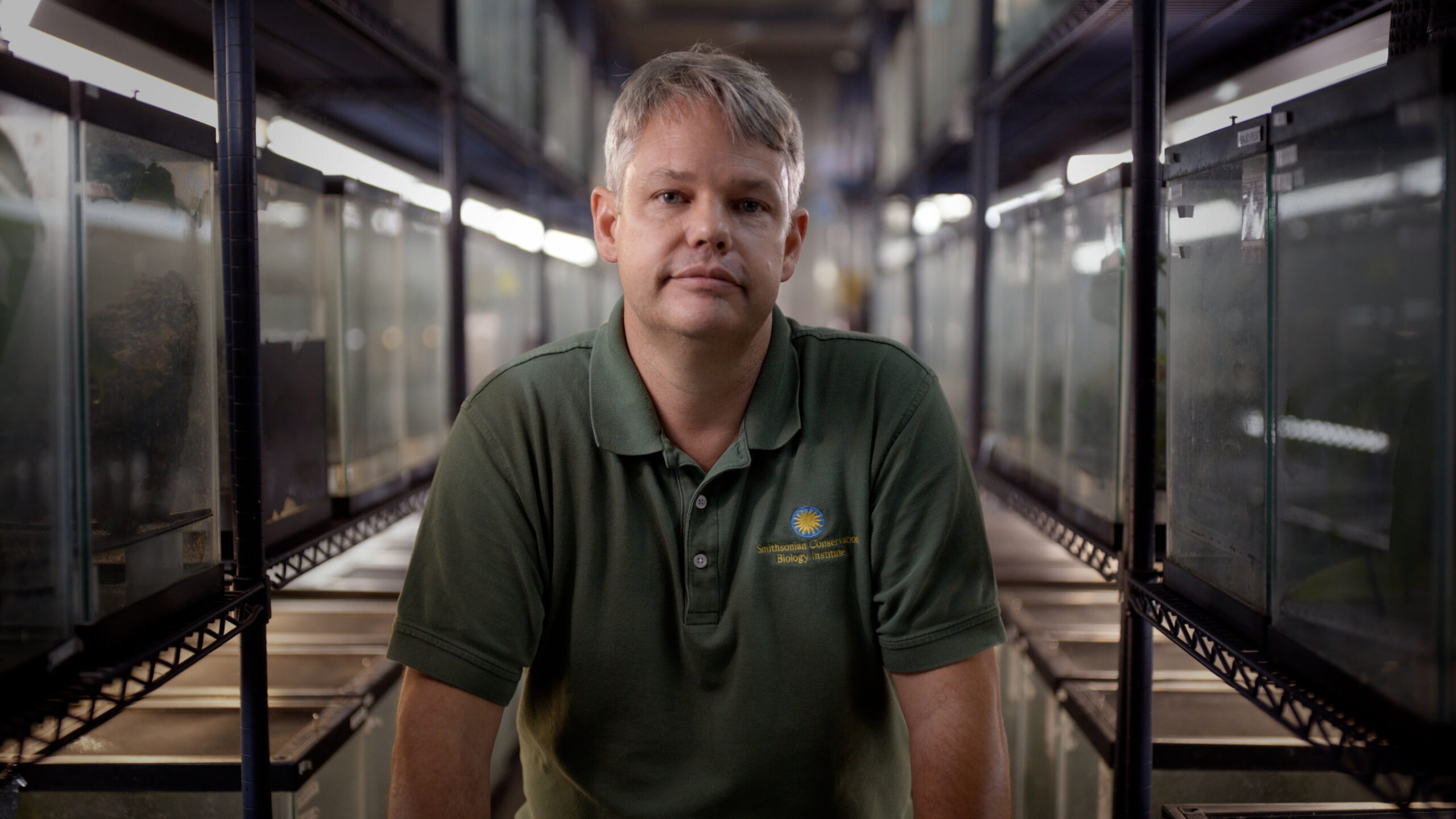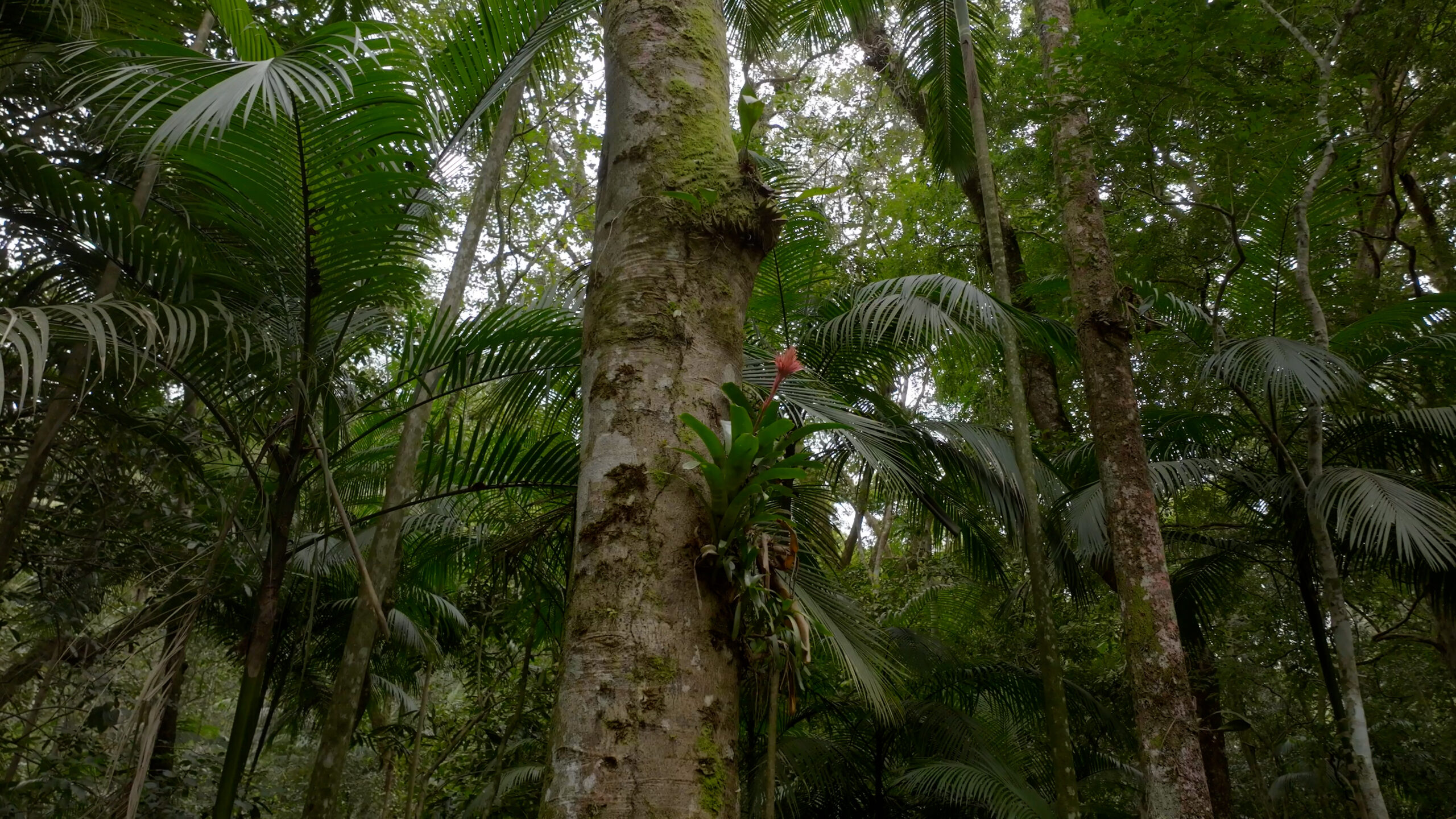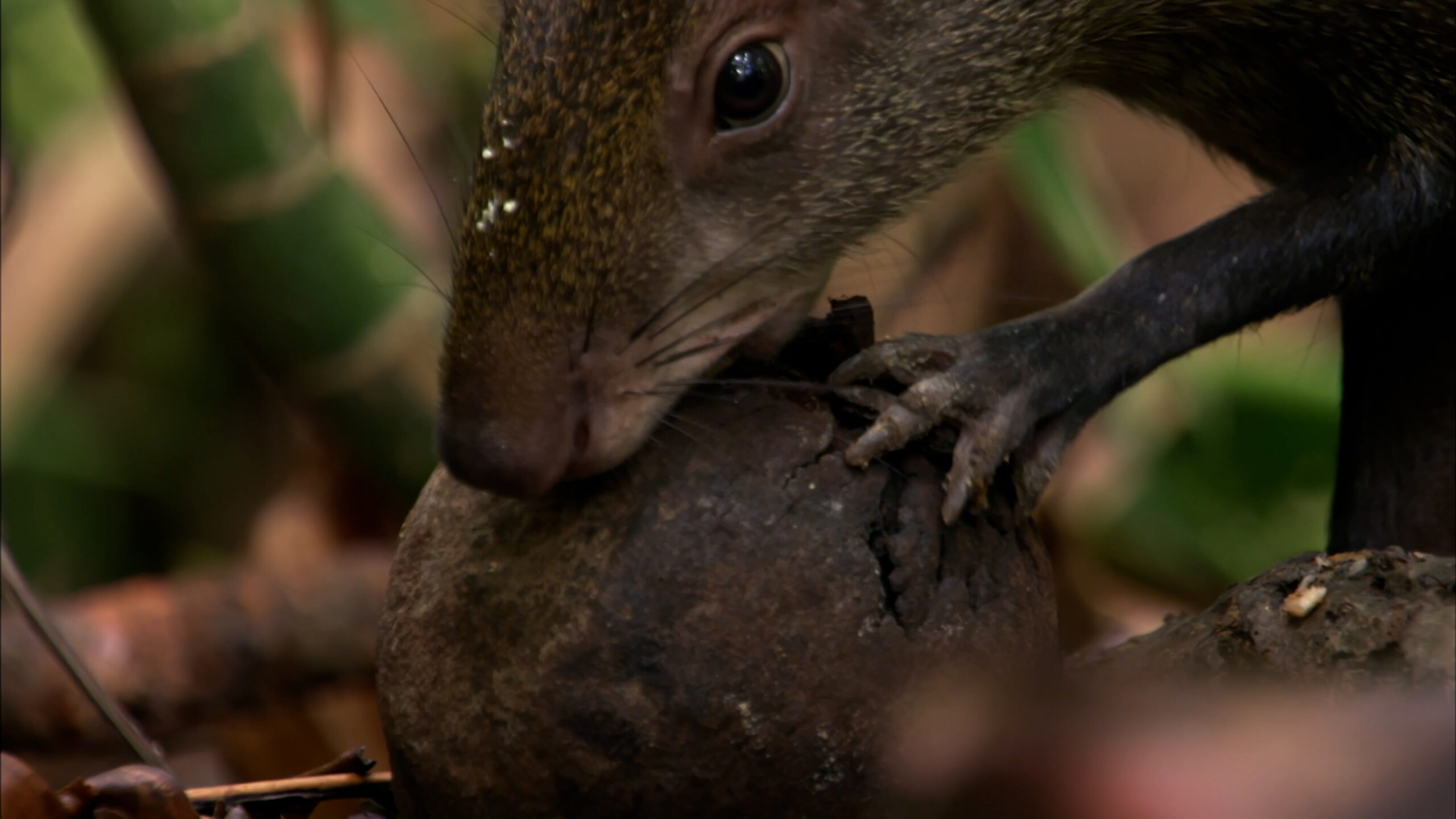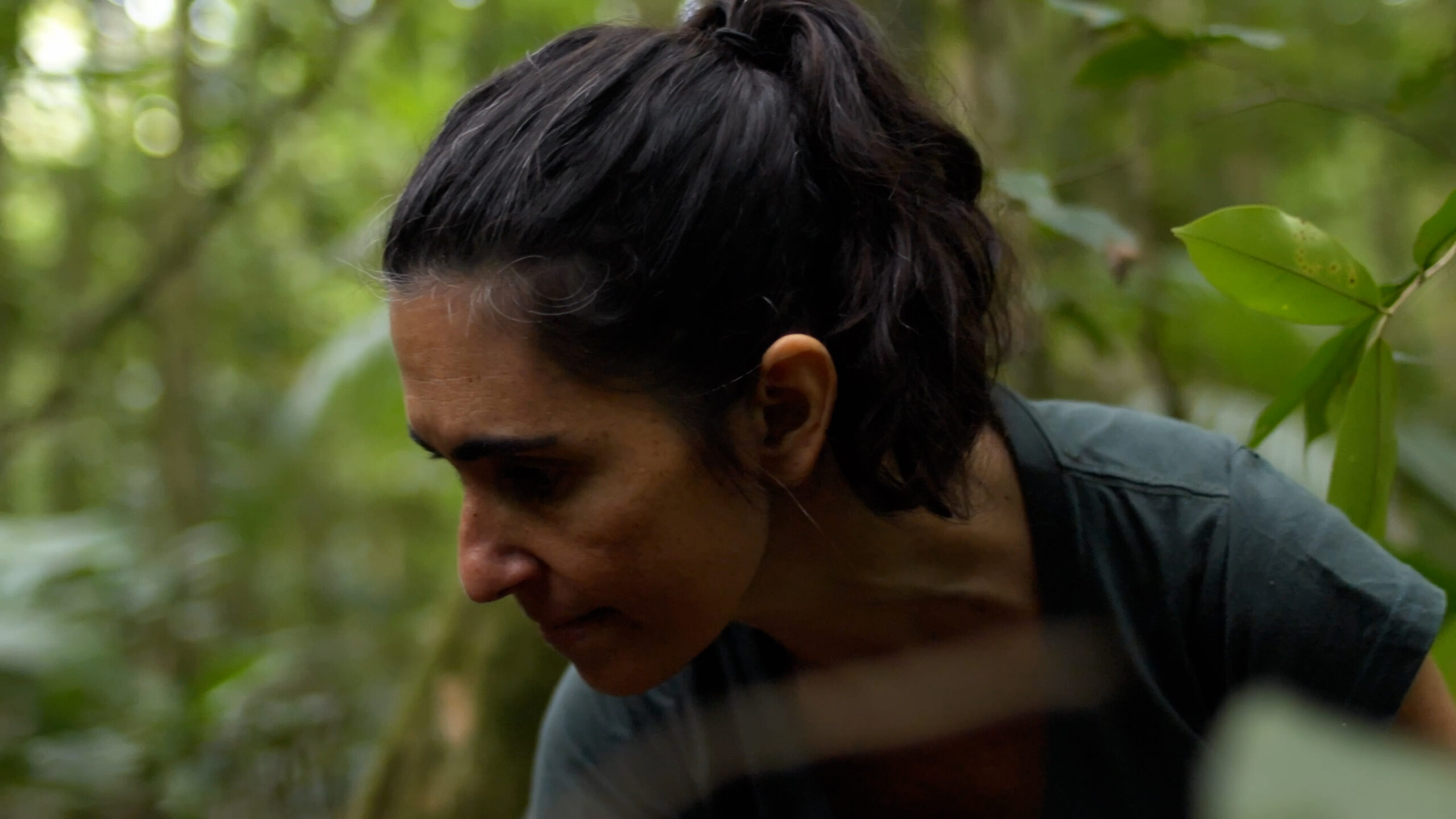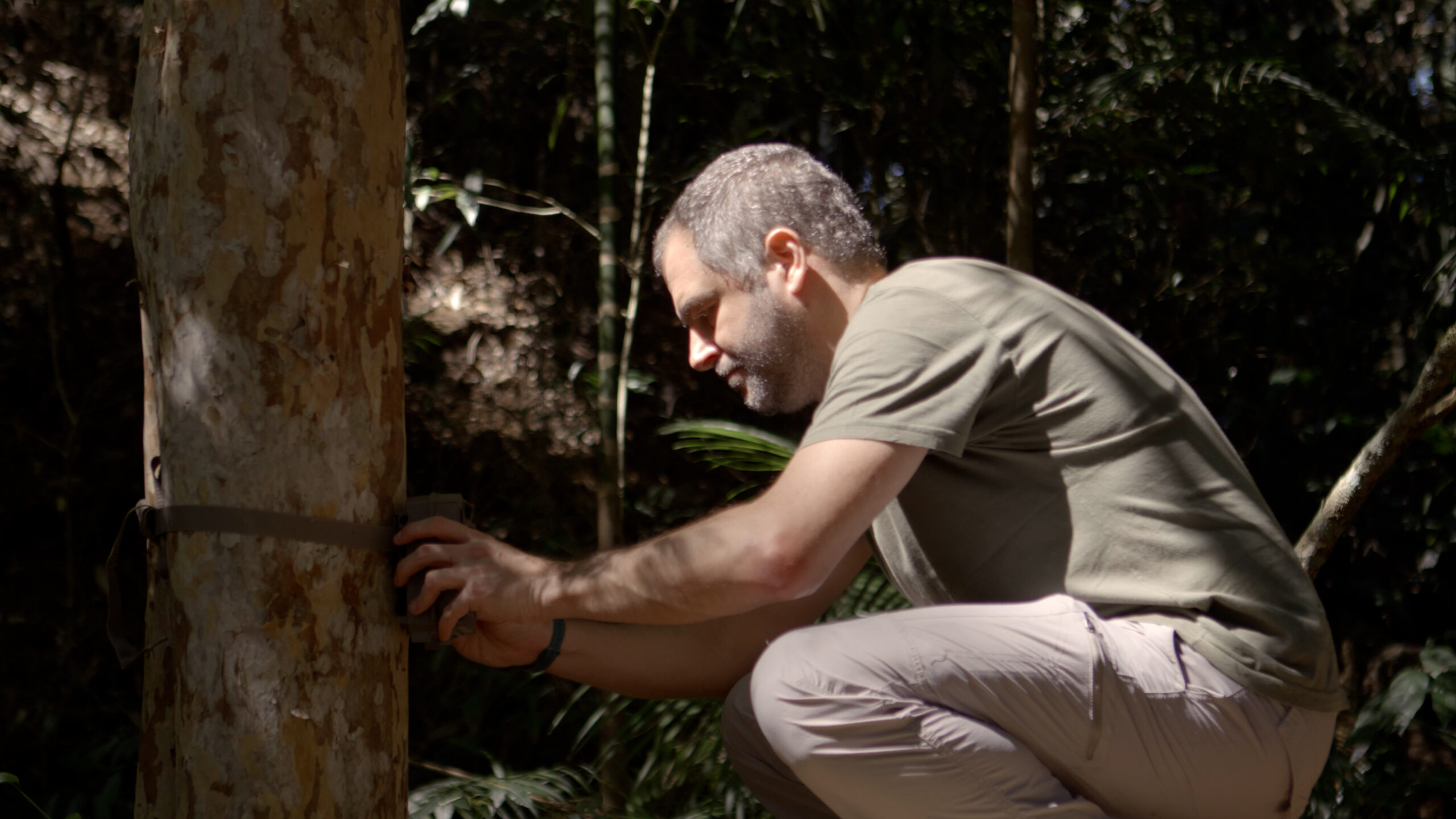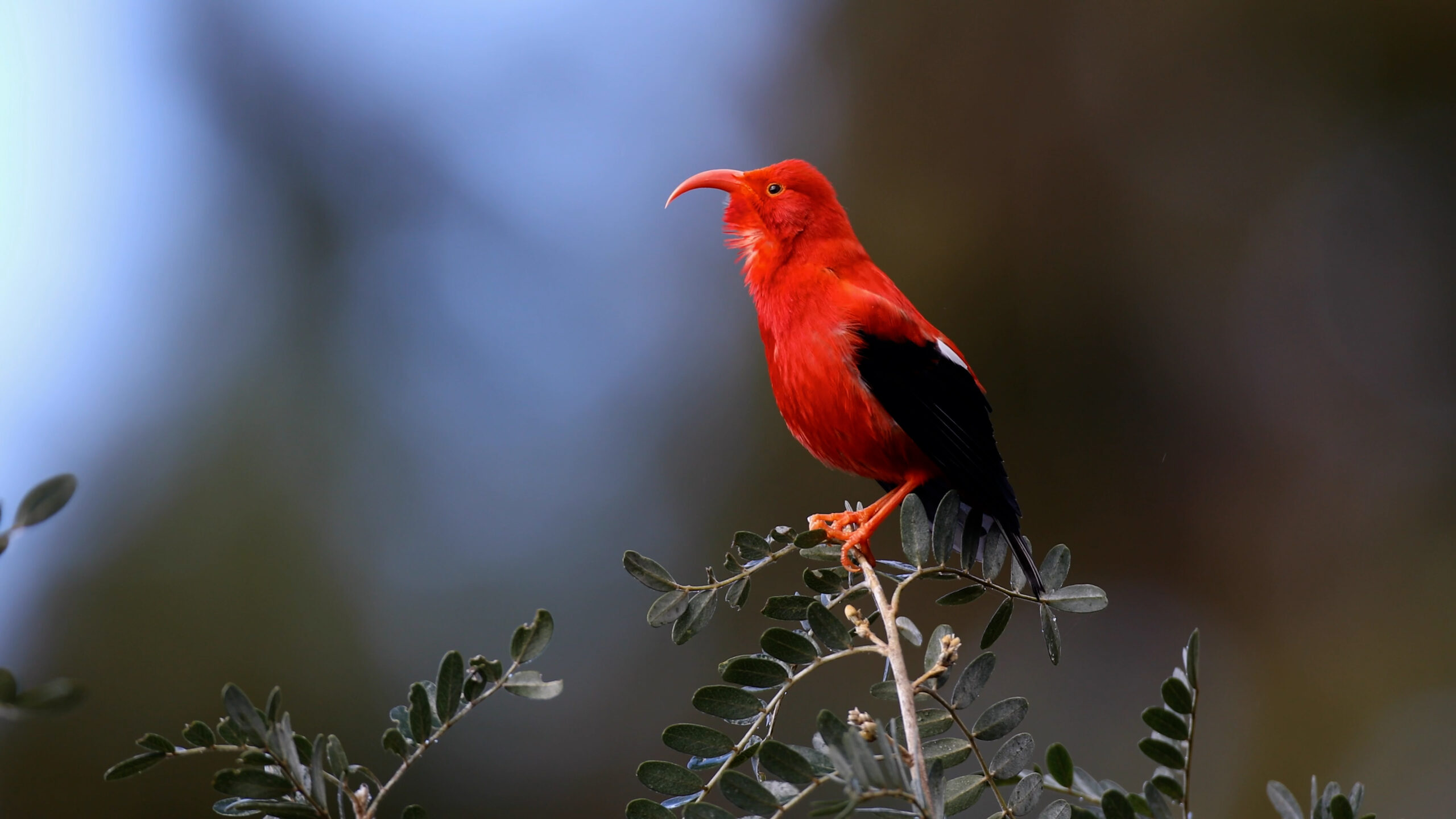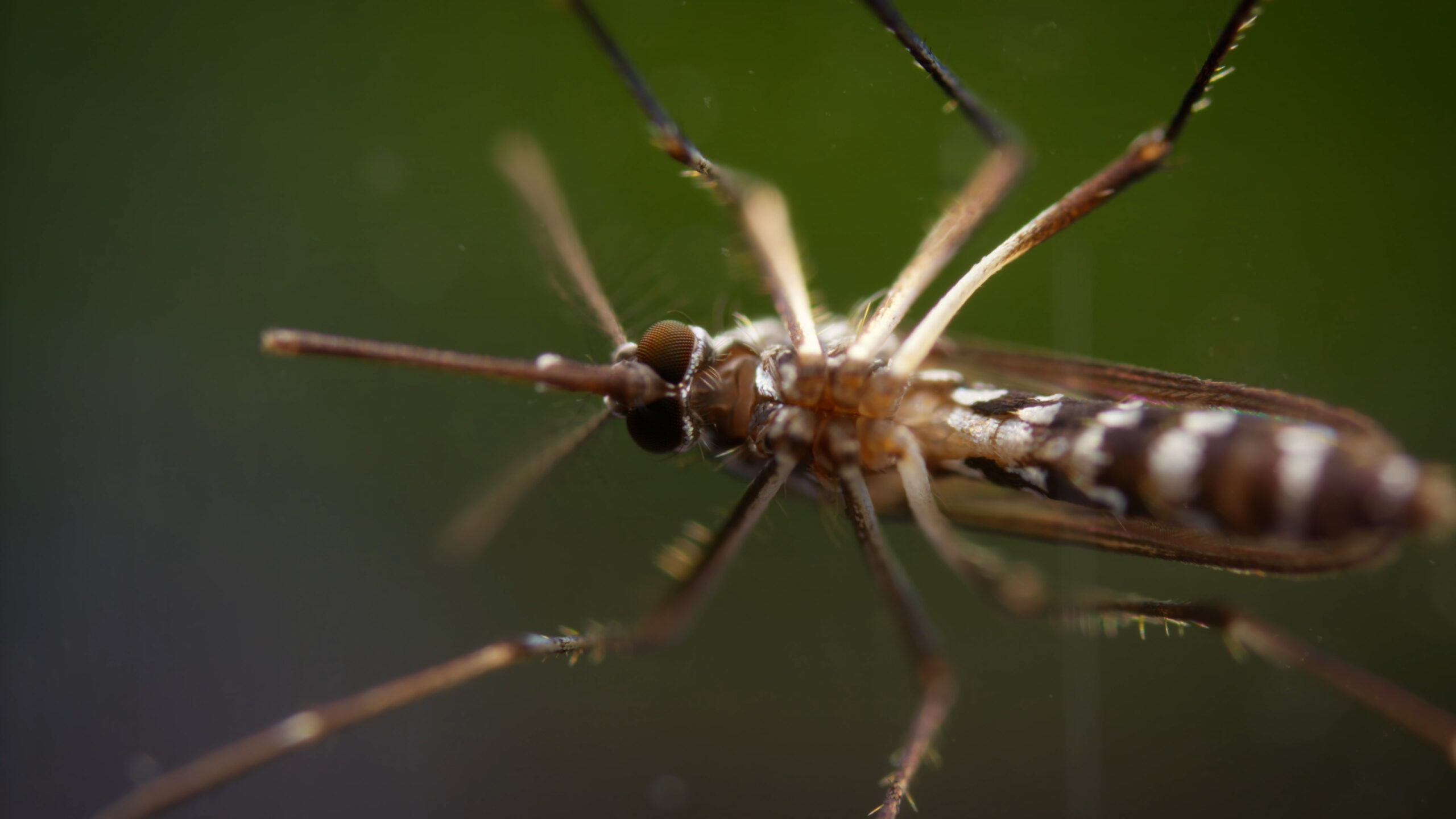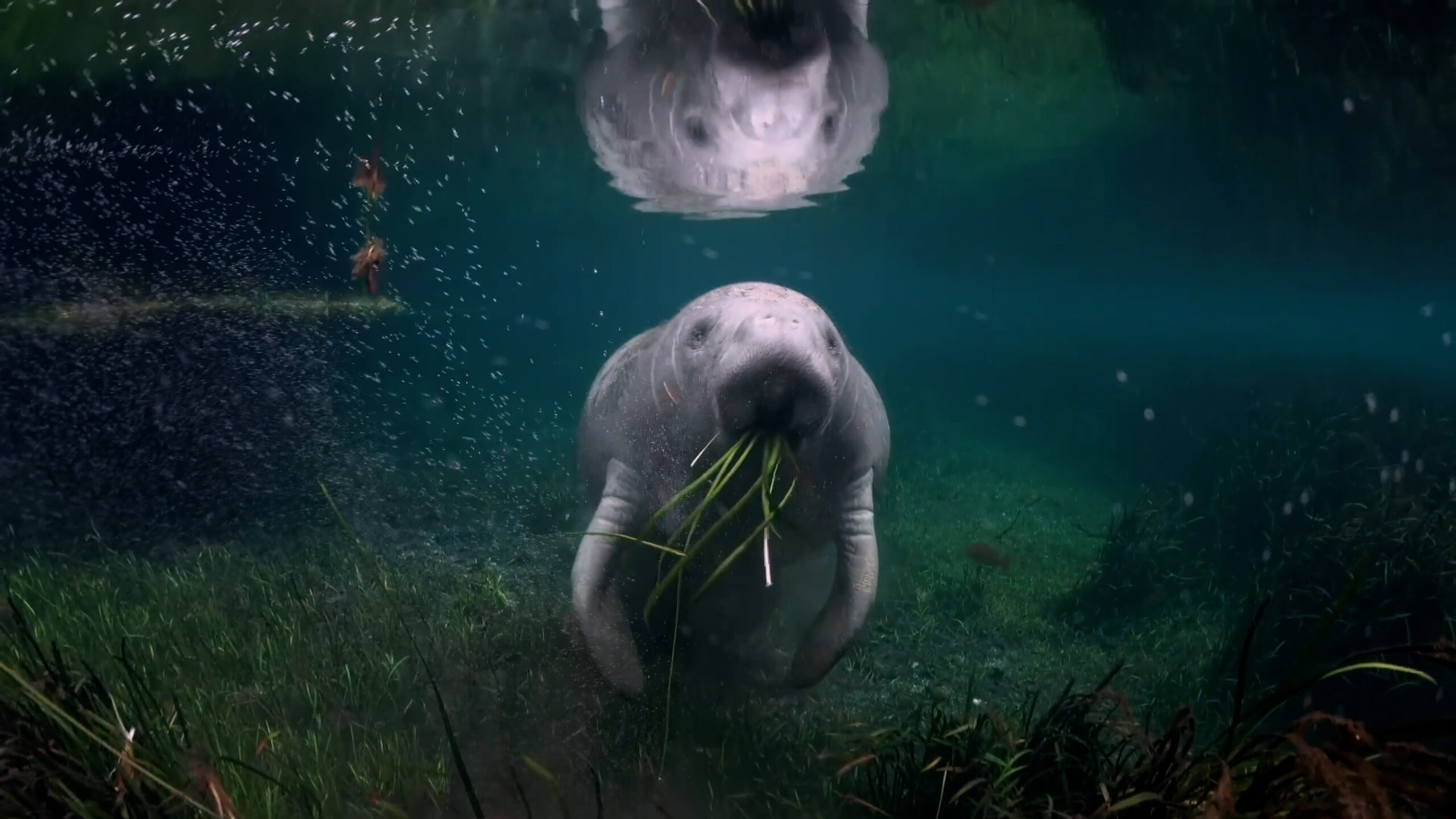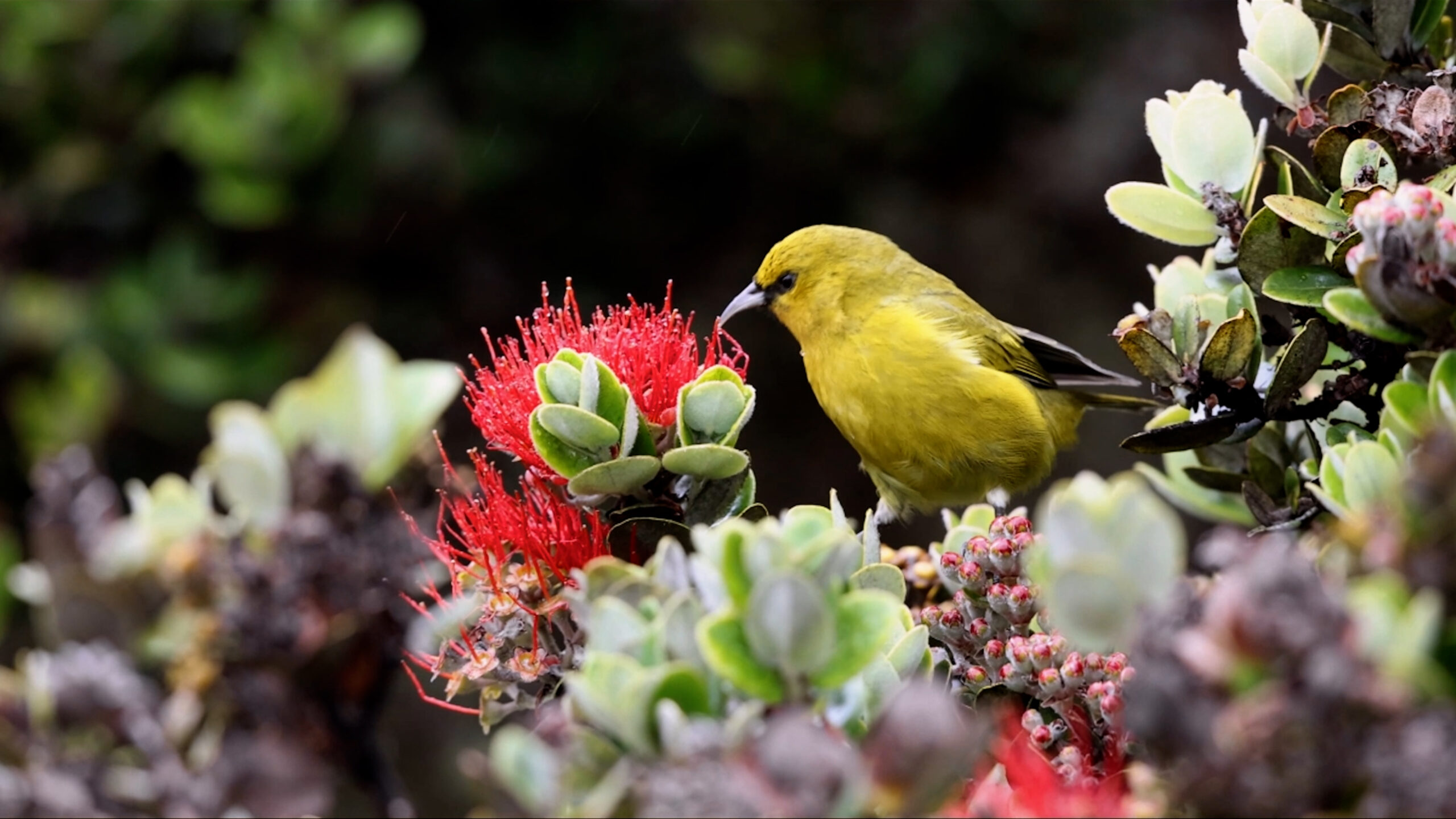Archives: Profiles
-
Brian Gratwicke
Brian Gratwicke is a conservation biologist who leads the amphibian conservation programs at Smithsonian's National Zoo and Conservation Biology Institute.
-
Green Deserts
When a habitat looks lush but is actually devoid of much of its native wildlife, it is sometimes called a green desert. A green desert might refer to a field planted with a single crop (called “monoculture”) or a forest planted with just one or several tree species.
-
Seed Dispersers
Plants can’t move on their own, so they usually need a little help to spread their seeds far and wide. Animals that scatter these seeds — often by eating the fruit and pooping out the remains — are known as seed dispersers.
-
Alexandra Pires
Alexandra Pires is currently an associate professor at the Federal Rural University of Rio de Janeiro, where she teaches the subjects of Natural Resources Conservation and Fauna Management.
-
Marcelo Rheingantz
Marcelo Rheingantz is a biologist at the Institute of Biology, Federal University of Rio de Janeiro and Executive Director of Refauna. He has dedicated his research career to the ecology and conservation of vertebrate populations in Brazil and South America.
-
Fernando A. S. Fernandez
In 2010, Fernando launched the concept of refaunation, and from then on coordinated the Refauna project, which reintroduced populations of agoutis, howler monkeys and tortoises in the Tijuca National Park, in Rio de Janeiro.
-
Hawaiian Honeycreepers
Hawaiian honeycreepers are a group of songbirds endemic to the Hawaiian islands, all descended from a single species that arrived from the mainland six to seven million years ago. They are considered a dramatic example of adaptive radiation, a phenomenon in which a single species rapidly diversifies into many different ones. At one point, there…
-
Avian Malaria
One of the major threats to Hawaiian honeycreepers is a deadly, mosquito-borne disease called avian malaria. Similar to malaria that infects humans, the disease is caused by parasites that enter honeycreepers’ bloodstreams when they are bitten by a disease-carrying mosquito.
-
Endemic Species
When a species has a native range that is confined to an isolated patch of land or body of water, it is known as an endemic species.
-
Adaptive Radiation
When a single ancestor species rapidly evolves into many different, specialized species, this is known as adaptive radiation.
